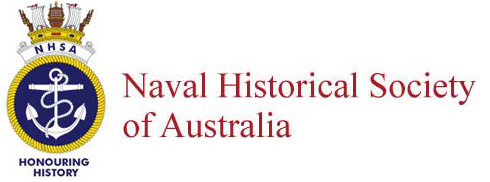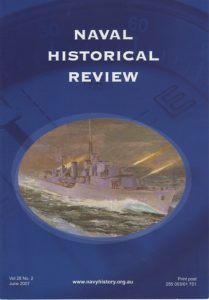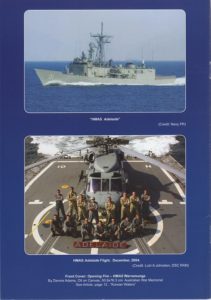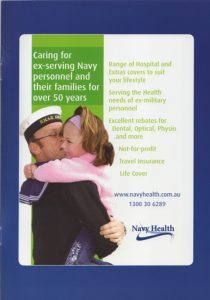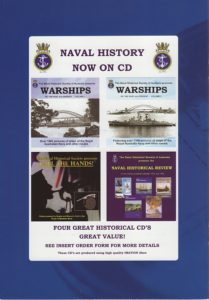- Author
- Periodical, Semaphore
- Subjects
- Ship design and development, Naval technology
- Tags
-
- RAN Ships
- None noted.
- Publication
- June 2008 edition of the Naval Historical Review (all rights reserved)
However, uncertainties about marine mammals remain and there is a risk that overly precautionary measures and prescriptive management could impact unnecessarily on the RAN’s training role at sea. In an effort to better understand the more vulnerable species, further scientific research into behaviour, population distribution and abundance is fundamental to ensuring effective mitigation measures and management practices are in place in key exercise areas. Information on individual species including feeding, breeding and resting areas, dive profiles, as well as auditory responses and behavioural reactions to noise, and the longer term biological consequences of noise impact, are all crucial to understanding the potential impact of human activities on marine mammals. Some valuable research continues on a number of whale species, including Blue whales off the West coast, but beaked whale research in Australia is minimal.
The key point is that the RAN would be a direct beneficiary of such research. This justifies allocation of dedicated research funding targeted at key species which are considered most at risk from the effects of underwater noise. Better knowledge would provide greater confidence that appropriate management strategies and mitigation measures are devised to avoid causing unnecessary harm. There is also need for continued education within the RAN about managing potential whale interactions during training activities at sea.
The consultative and innovative approach used by the RAN in managing potential marine mammal interactions puts the Navy in a leading position, by demonstrating that meeting necessary environmental compliance standards is possible without undue impact on training. Further research will help to minimise any regulatory constraints placed on activities at sea, and ensure that maximum value is obtained by conducting necessary training under realistic conditions. By maintaining its edge as leader in this field, the RAN can continue to demonstrate that both the environment and the Service can be winners.
